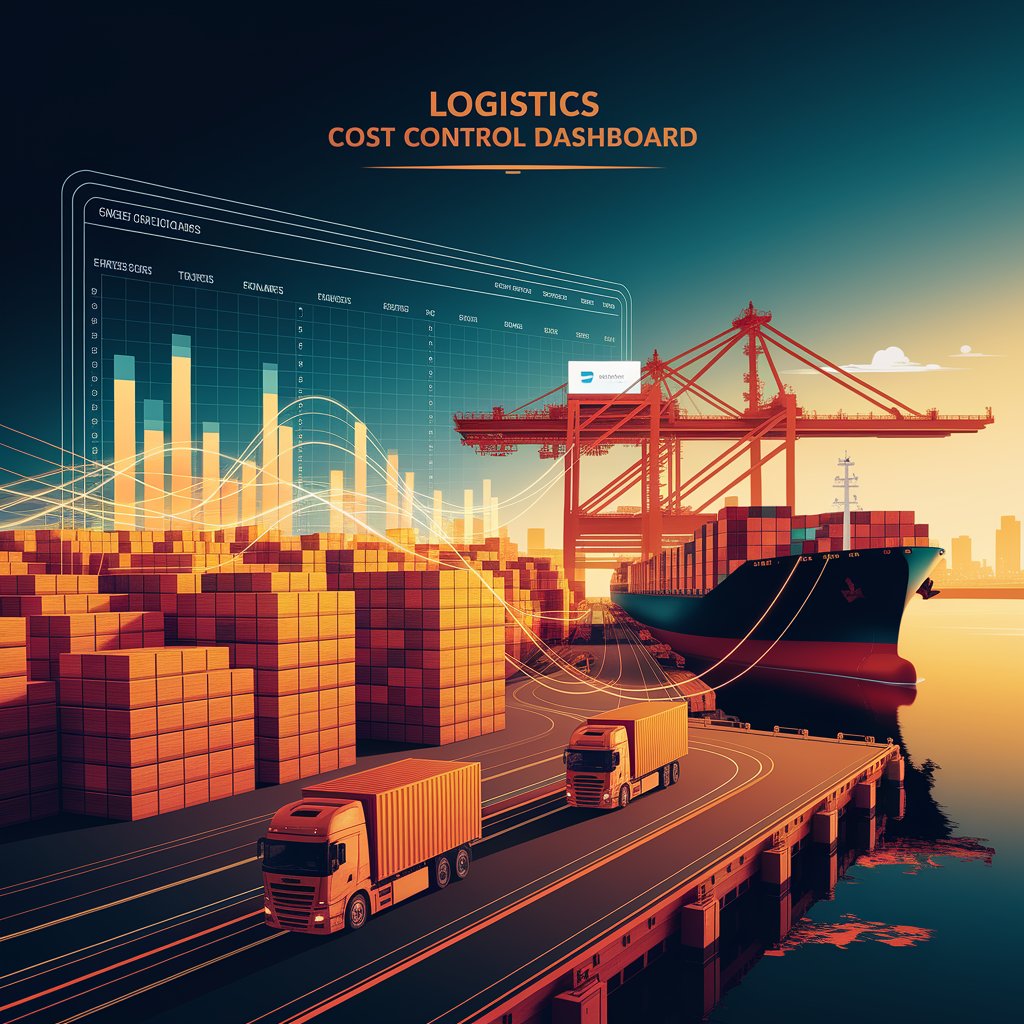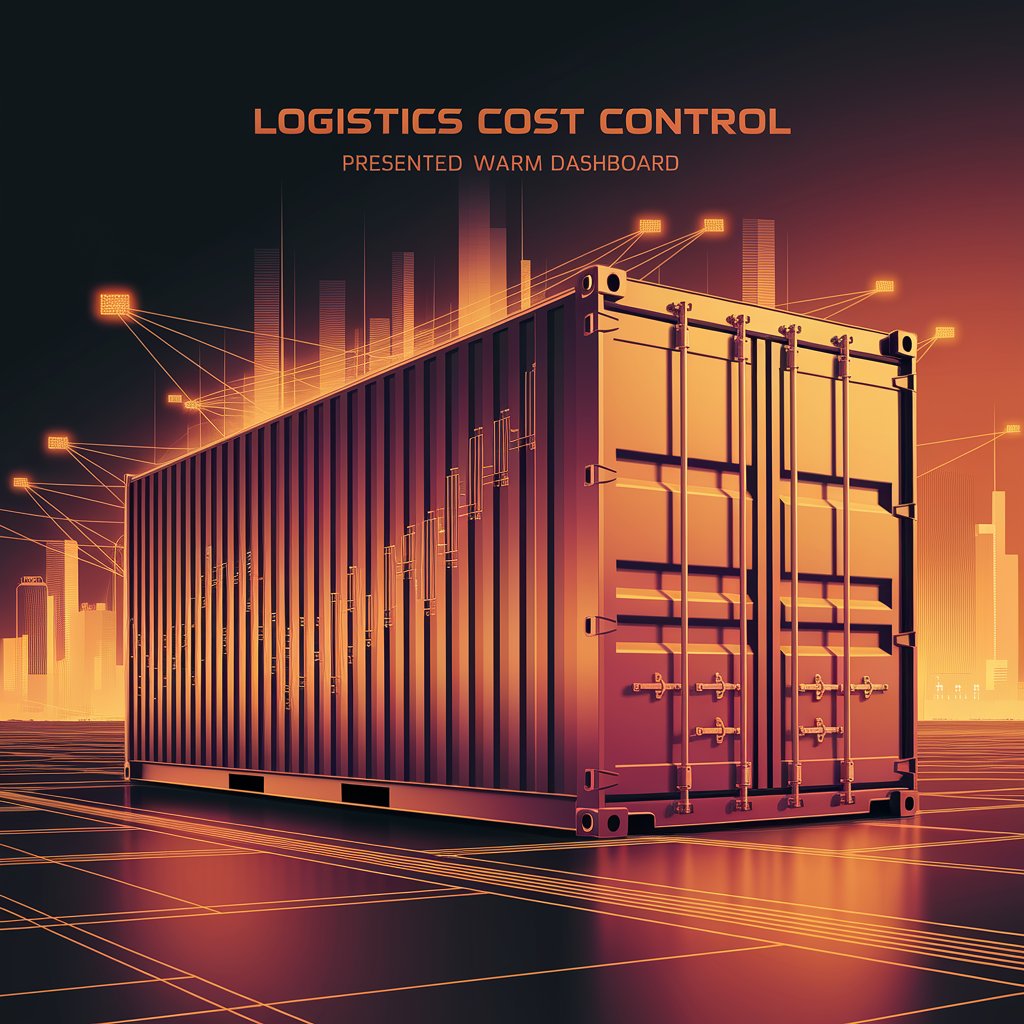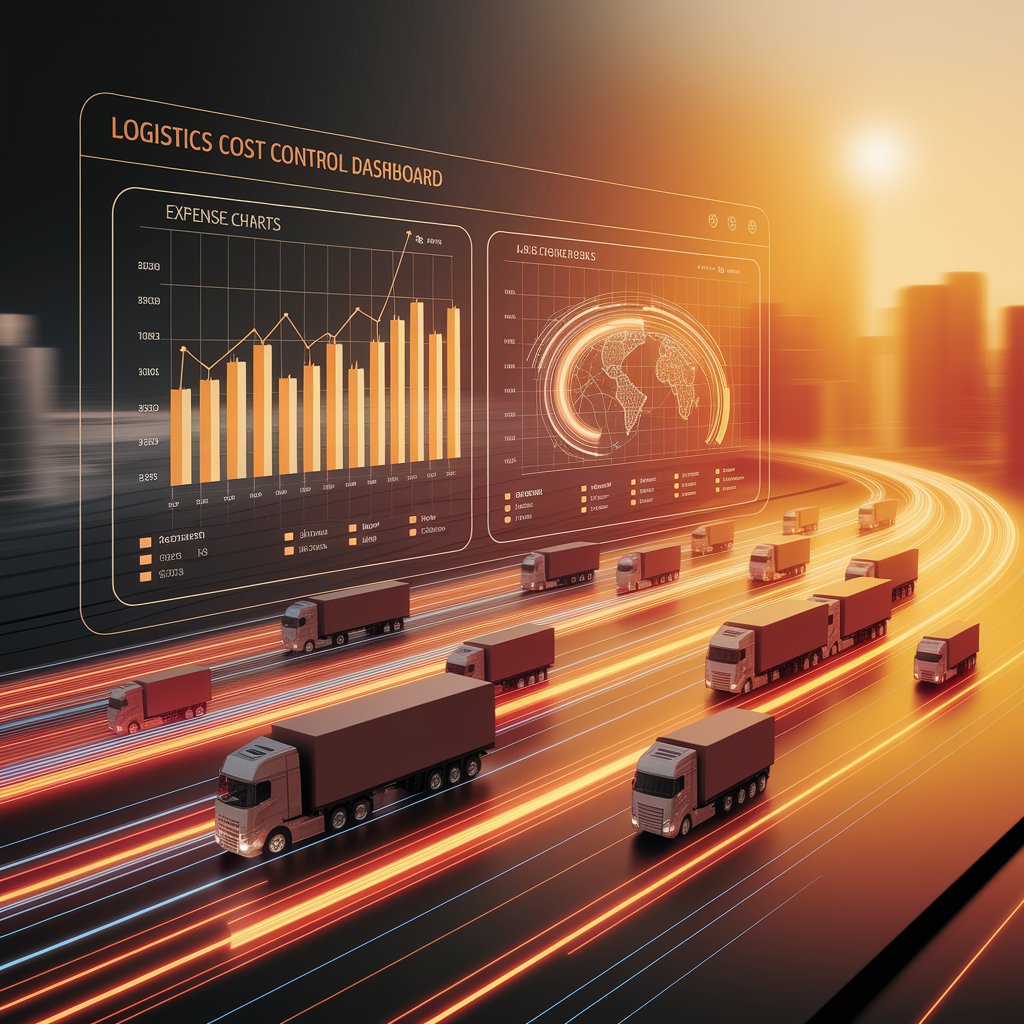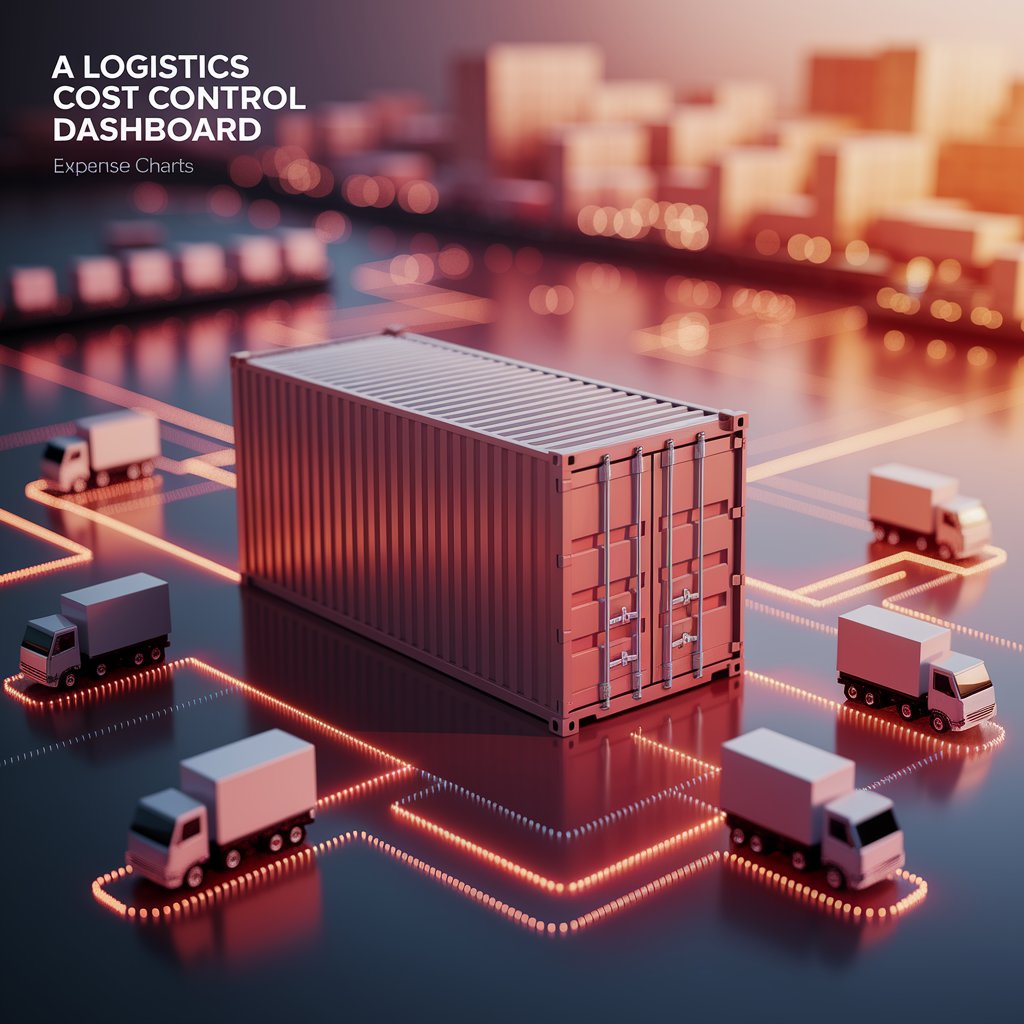Logistics Cost Control: Maximizing Efficiency in Supply Chains

Introduction
This is where logistics cost control plays a vital role. By using technology, analytics, and automation, logistics providers can reduce expenses without sacrificing service quality—unlocking efficiency and building long-term resilience.
What Is Logistics Cost Control?
Logistics cost control is the systematic process of monitoring, managing, and reducing expenses across supply chain operations. It covers everything from transportation and warehousing to labor and administrative overhead.
Unlike reactive cost-cutting, cost control emphasizes efficiency, visibility, and continuous improvement to ensure sustainable savings.

Key Features
- Data Transparency: Real-time dashboards for expenses across transport, warehousing, and labor.
- Automation: Reduce manual work and associated costs.
- Route Optimization: Lower fuel and time expenses with smarter routing.
- Vendor Management: Evaluate and negotiate supplier and carrier contracts.
- Performance KPIs: Track costs against service and efficiency metrics.
Benefits for Logistics Providers
- Reduced Expenses: Minimize unnecessary costs without lowering quality.
- Efficiency Gains: Streamline operations for faster, leaner logistics.
- Better Negotiations: Use data insights to secure favorable contracts.
- Scalability: Support business growth without proportional cost increases.
- Customer Satisfaction: Deliver competitive pricing with reliable service.

Real-World Applications
- Freight Forwarders: Control costs by consolidating shipments and automating documentation.
- Carriers: Use predictive analytics for fuel and fleet management.
- 3PL Providers: Provide clients with transparent cost reports and benchmarking.
- Retail and E-commerce: Optimize inventory holding and last-mile delivery.
- Cold Chain Logistics: Reduce energy and compliance costs with smart monitoring.
The Future of Logistics Cost Control
The future of logistics cost control lies in AI, predictive analytics, and digital twins. AI will forecast cost fluctuations and suggest savings strategies, digital twins will simulate cost scenarios, and predictive analytics will anticipate demand-driven expenses. Over time, logistics cost control will evolve into self-optimizing systems that balance cost and service automatically.

Conclusion
Logistics cost control is essential for companies navigating today’s competitive global logistics landscape. By leveraging automation, data analytics, and smarter planning, providers can reduce expenses while maintaining high service levels. For logistics businesses aiming to achieve both efficiency and profitability, cost control is not just a practice—it is the foundation of sustainable growth.
